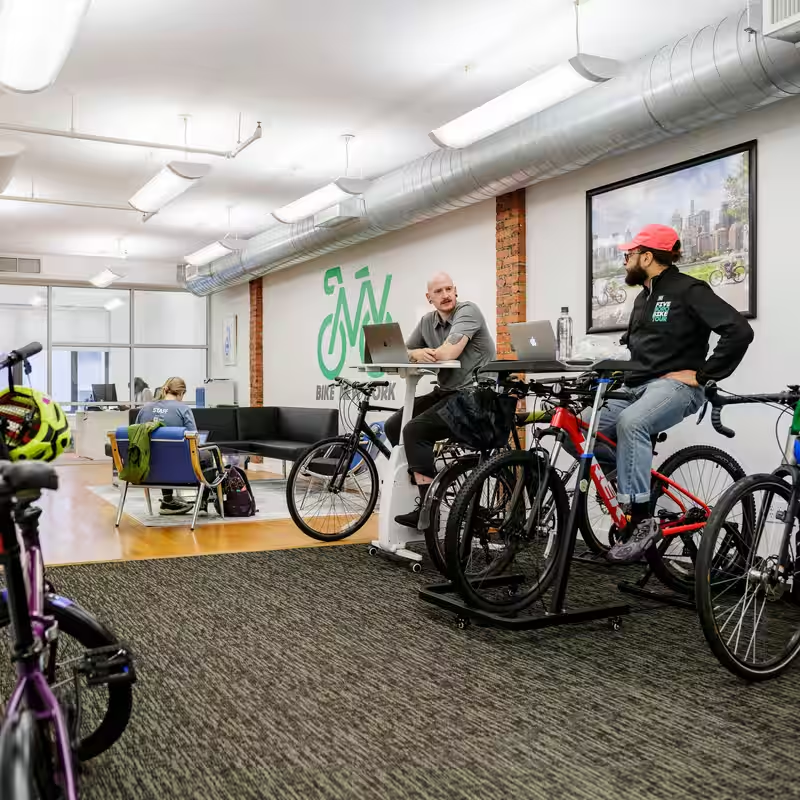Class B Office Buildings Are Making a Comeback in Manhattan
In a surprising twist to the post-pandemic office landscape, New York City tenants are turning their backs on luxury lobbies, yoga studios, and espresso bars—and embracing older, no-frills office spaces instead.
Once written off as relics of a bygone era, Class B office buildings are now seeing a surge in leasing activity. This shift isn’t just nostalgic—it’s a clear signal that Manhattan’s commercial real estate market may finally be turning a corner.
Why High-End Amenities Are Losing Their Shine
For years, developers poured millions into transforming Class A towers into lifestyle hubs: think rooftop terraces, meditation pods, and gourmet cafés. But after the remote-work revolution, many companies are rethinking what they actually need—and what they’re willing to pay for.
“We don’t care about the amenities,” said Ken Podziba, CEO of Bike New York, a nonprofit that teaches urban cycling and organizes the annual TD Five Boro Bike Tour. “It doesn’t matter to us at all if a building has a pool table or fancy food.”
Instead, Podziba prioritized practicality: proximity to public transit, bike storage, and—most importantly—affordability. After touring two dozen spaces, he settled on a 1922 nine-story building on East 45th Street, steps from Grand Central Terminal.
The Rise of the “Functional Office”
Podziba’s story isn’t unique. Across Manhattan, small businesses, nonprofits, and even mid-sized tech firms are opting for older, functional spaces that offer square footage without the premium price tag.
His new office rents for about $9,000 a month—roughly half what a comparable Class A space would cost. The building has no doorman, no concierge, and the view overlooks brick walls and fire escapes. But the staff of 15 couldn’t be happier.
They’ve even installed an under-desk exercise bike and a trainer stand so employees can pedal while they work—a perfect fit for an organization built on cycling culture.
What This Means for NYC’s Office Market
Commercial real estate analysts say this trend is more than just cost-cutting—it’s a fundamental redefinition of workplace value.
- Leasing velocity in Class B buildings has increased by 22% year-over-year.
- Vacancy rates in these older properties have dropped to 18%, down from 27% in 2023.
- Landlords are responding by investing in essential upgrades—better HVAC systems, fiber internet, and ADA compliance—instead of flashy perks.
“Tenants want reliability, not roller rinks,” said commercial broker Lena Ruiz. “They’re asking: ‘Can I get my team here easily? Is the Wi-Fi stable? Can I afford it long-term?’ That’s the new amenity checklist.”
Ground Floor Gems Over Sky-High Lounges
Podziba’s building doesn’t have a juice bar—but it does have M.J. Smith’s, an Irish pub on the ground floor. For his team, that’s more than enough.
“It just feels like Bike New York,” he said with a smile. “Authentic, unpretentious, and full of character.”
That sentiment is resonating across industries. From architecture studios to mental health clinics, tenants are choosing spaces that reflect their mission—not their marketing budget.
Sources
The New York Times: “High-End Amenities in Office Buildings? These N.Y. Tenants Say No Thanks.”




